
“Three hypersonic missiles and 135 drones in one night” was the measure of the strike package in Ukraine on November 15, intended to saturate defenses and knock out infrastructure. Yet by morning, Ukrainian forces had neutralized most of the incoming threats, marking one of the most significant defensive performances of the war.
This was not a one-time incident, but part of a relentless aerial campaign that has tested Ukraine’s air defense architecture to its limits. The combination of Shahed loitering munitions, Gerbera decoys, and Kinzhal hypersonic missiles reflects a deliberate Russian strategy to saturate and confuse. Understanding how Ukraine countered this strike-and the broader trends shaping such engagements-offers valuable insight into modern air defense under extreme pressure.

1. Scale and Composition of the November 15 Strike
It began on the night of November 14 with launches from different Russian regions and occupied Crimea. The attack package consisted of three Kh-47M2 Kinzhal aeroballistic missiles and 135 unmanned aerial vehicles-about 80 Shaheds and numerous Gerbera decoys-against urban centers and key infrastructure. Launch vectors included Kursk, Millerovo, Oryol, Primorsko-Akhtarsk, Bryansk, and Crimean sites, ensuring coverage across Ukraine’s north, south, and east. This multi-axis approach compressed reaction times and complicated interception planning.

2. Cross-Unit Defensive Coordination
The aviation assets, anti-aircraft missile brigades, electronic warfare teams, unmanned systems operators, and mobile fire groups took part in the response by Ukraine. It therefore entailed coordinating the engagement of missile troops against high-speed targets, EW units against guidance systems, and mobile teams against low-flying drones. By 09:00, defenses had intercepted or suppressed two Kinzhals and 91 drones, neutralizing 67%, despite the volume and diversity of threats.
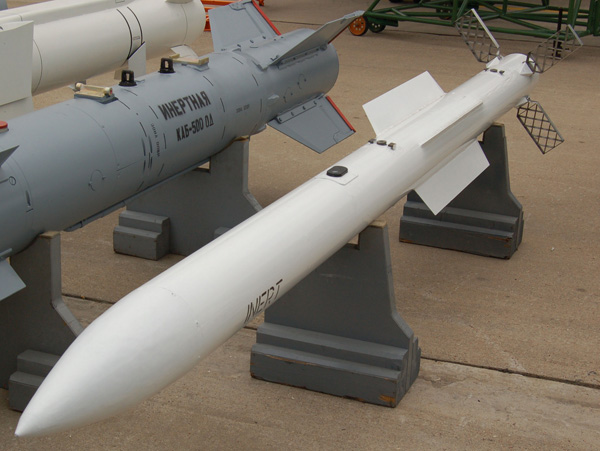
3. Intercepting the Kinzhal Hypersonic Missile
The Kinzhal’s claimed Mach 10 speed, combined with an irregular flight profile, makes it a formidable target. Technical assessments suggest that its solid-fuel rocket motor, which is based on the Iskander, constrains sustained hypersonic velocity and maneuverability. Ukraine’s Patriot batteries, tried and tested in earlier engagements, took advantage of these limitations in two successful intercepts. That underlines the fact that even advanced hypersonic weapons are susceptible to defeat by modern, integrated systems provided the conditions are right.
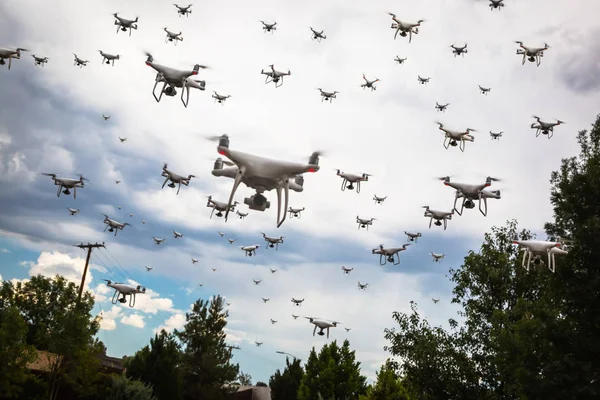
4. Swarms of Drones and Decoys
Sometimes flown together with Gerbera decoys, Shahed drones pose a multi-tier problem. Decoys carry small or no explosive payloads but are fitted out with radar reflectors in order to appear as real threats. These are designed to saturate tracking systems and exhaust interceptors. Central to preserving high-value munitions for actual strike assets was the ability of Ukraine to tell the difference in real time between decoys and armed drones, and economize low-cost countermeasures wherever possible.
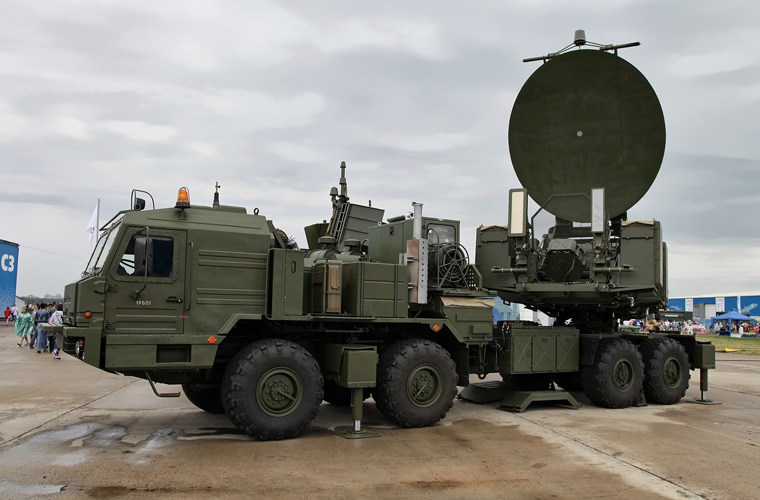
5. Electronic Warfare as a Force Multiplier
Spoofing of GNSS signals has been conducted on Shaheds by systems such as the one called Pokrova, introducing navigational errors. Russia responded with upgrades to include resistance to jamming, such as the Kometa GPS-controlled antennas. In this engagement, EW units contributed to disrupting drone guidance, complementing kinetic intercepts. The duel between EW adaptation and counter-adaptation is now a defining feature of the drone war.
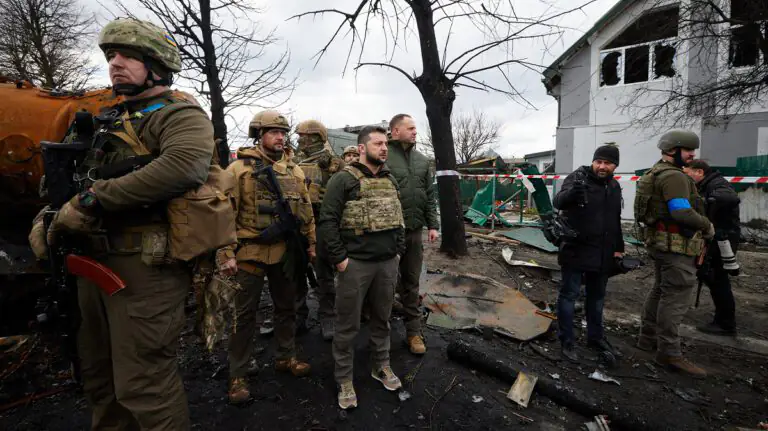
6. Lessons from Past Massed Strikes
The November 15 defense followed earlier high-volume attacks such as September 7’s 818-launch event where interception rates remained high, but some targets were still hit. It is these precedents that have driven Ukraine to refine rapid decision-making, improve sensor fusion, and rehearse cross-branch coordination under saturation conditions.

7. Industrial and Economic Asymmetry
While Russia can mass-produce low-cost drones and missiles – Gerberas for about $10,000, Shaheds for $20,000 – the multimillion-dollar cost of a PAC-3 interceptor is prohibitive this drives Ukraine to integrate cheaper solutions able to counter the enemy drones over time with sustainability without using too much of the premium munitions.
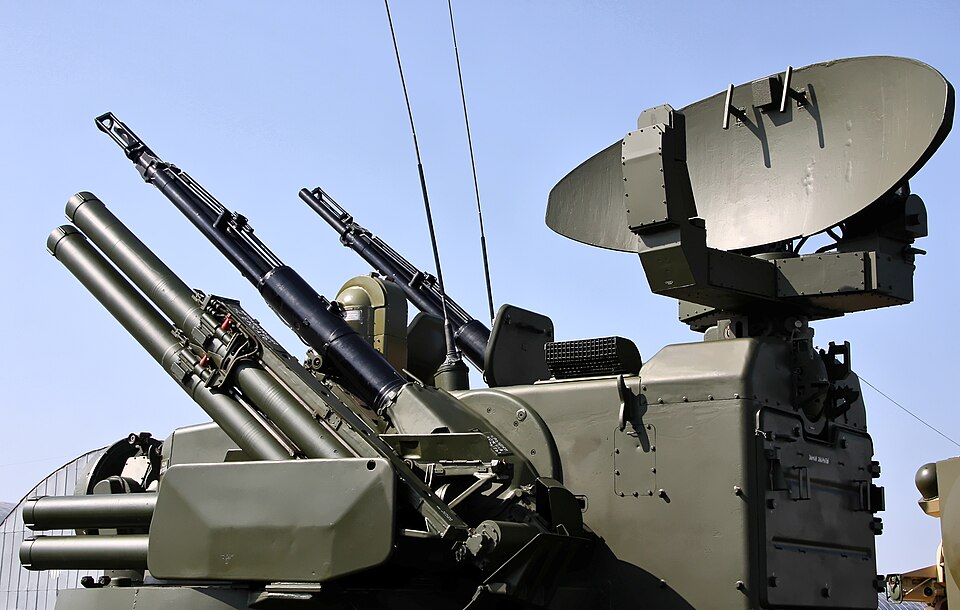
8. Role of Mobile Fire Groups
Mobile firing units are among the layers of essential defense against low-altitude threats, either with truck-mounted autocannons or heavy machine guns. They can also be quickly repositioned into the developing drone corridors. As described in this strike, they would feature prominently in neutralizing drones below radar coverage-particularly where high-end SAM systems are rare.

9. Civilian Impact and Emergency Response
Although the rate of interception was unusually high, one Kinzhal and 41 drones reached 13 locations, and debris fell in four more. Some significant damages included fires and structural impacts, showing even successful defenses cannot prevent all damage altogether. Emergency crews were still working in the morning to secure sites, reflecting the need for integrated civil-defense planning alongside military operations.

10. Strategic Implications for NATO and Partners
The tactics employed-multi-vector launches, decoy integration, hypersonic inclusion-replicate patterns observed in the Russian violations of NATO airspace. The November 15 defense provides a series of case studies on countering mixed-threat saturation attacks for the allied forces. It reinforces calls for layered, interoperable air defense networks and investment in cost-effective interceptors against economically asymmetric threats.
The Ukrainian performance on November 15 was not only a tactical success but also a demonstration of resilience under one of the most complex aerial threat mixes faced to date. Ukraine combined high-end missile defense, agile mobile units, and adaptive electronic warfare to blunt a strike designed to overwhelm. For worldwide defense planners, the engagement underlines the point that in modern air war, victory depends on integration, speed, and the ability to adapt as fast as the adversary evolves.


